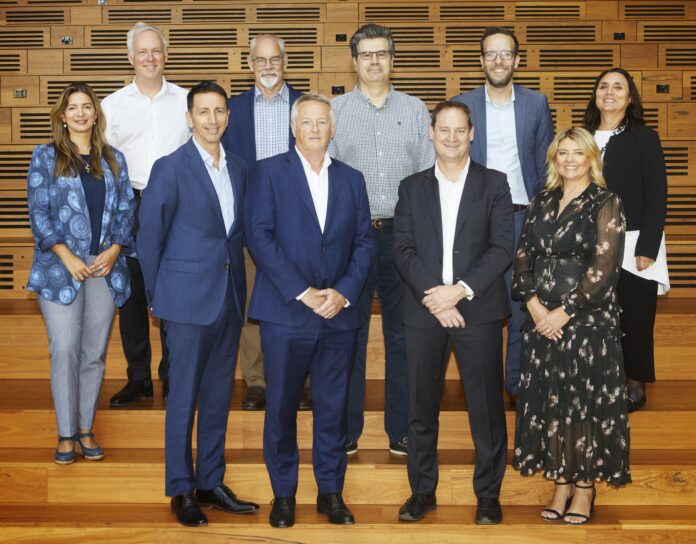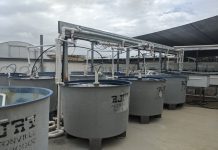
Monash University and Woodside Energy have renewed the Woodside Monash Energy Partnership to support Australia’s low-carbon energy transition.
The second phase of the Woodside Monash Energy Partnership will focus on three new flagship activities incorporating direct air capture, large-scale ultra-low-cost solar, and biochemical conversion and recycling of mixed gas streams, with a joint investment of AUD$22 million.
The programs aim to speed up research that will result in pilot plants within three years, from 2023 to 2025.
Monash University Deputy Vice-Chancellor (Enterprise and Engagement) and Senior Vice-President Professor Doron Ben-Meir stated that Monash was committed to assisting Woodside in developing innovative lower-carbon products and services.
“We’re working with Woodside to help determine the best pathways and technologies to assist them to decarbonise their operations, and to provide the products and services needed to also help their customers decarbonise,” Ben-Meir said.
According to Professor Ben-Meir, the partnership has reached significant milestones since its inception in 2019, including establishing major research programs in new energy and carbon abatement and advancing several research initiatives into commercial development opportunities.
“This includes developing large-scale renewable and clean energy systems for the production of hydrogen, understanding how hydrogen can be stored and transported, and developing carbon utilisation technology for hard-to-abate sectors,” Professor Ben-Meir added.
The Professor stated that Monash’s collaborative work with Woodside on direct air capture is capturing carbon dioxide straight from the air. By converting this carbon into usable products, the Professor added that they might be able to help industries decarbonise and reach their net-zero carbon emissions commitments.
“Woodside has set a target to reduce its net equity scope 1 and 2 greenhouse gas emissions by 30 per cent by 2030 and has an aspiration to be net zero by 2050 or sooner. Alongside Woodside’s new energy opportunities in hydrogen, ammonia, and carbon utilisation, the Woodside Monash Energy Partnership is pioneering new technologies that will assist us in meeting these targets,” Woodside Executive Vice President Technical Services and Chief Technology Officer Daniel Kalms said.
The Partnership is aligned with Monash’s Impact 2030 strategic plan, and it is trying to address the global challenge of climate change by focusing on energy transition, with large research initiatives in clean energy and carbon reduction.
The Woodside Monash Energy Partnership received the Australian Financial Review Higher Education Award for Industry Engagement in 2021 and an Engagement Australia Excellence Award for Excellence in Industry Engagement.



















